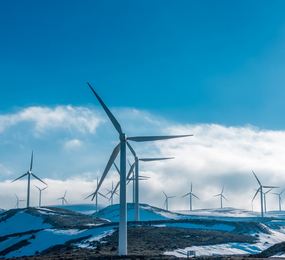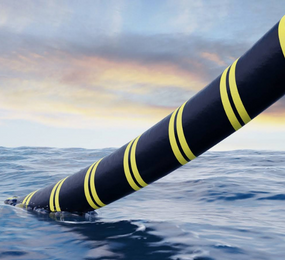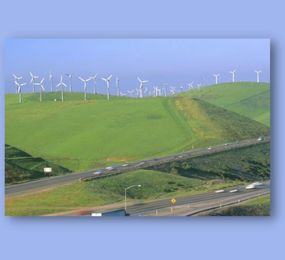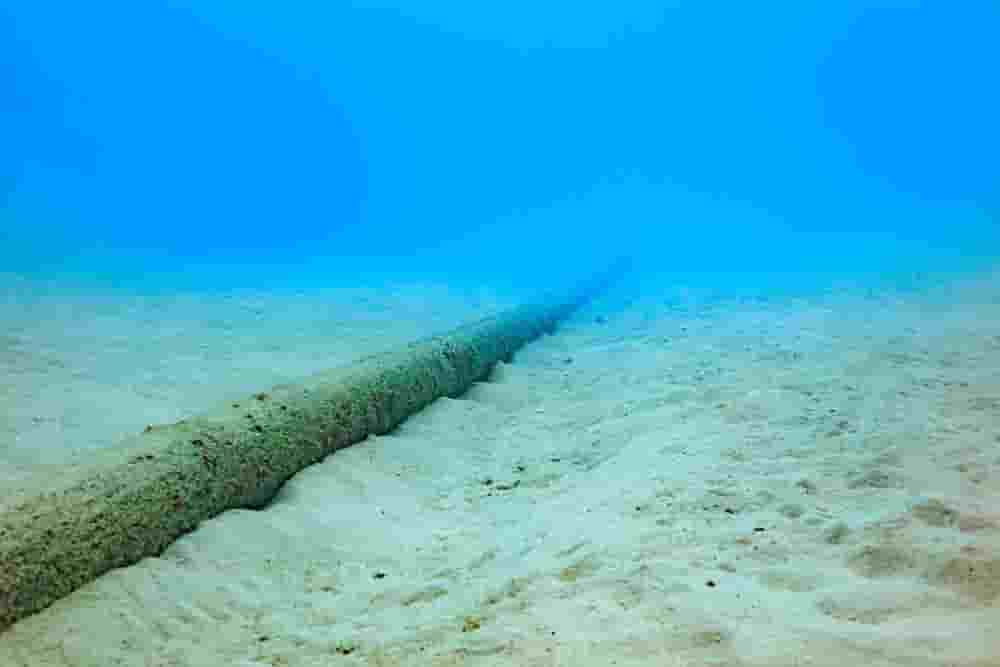Countries are attempting to diversify their energy sources and rely more on cleaner ones to prevent a poisonous atmosphere. Speaking of wind, this energy source can be used by installing turbines either on land or at sea (at sea). To benefit from stronger and more consistent wind conditions, the bulk of wind farms are constructed offshore today.
In the next five years, it is anticipated that the capacity of wind energy globally would rise by 50% as technology costs continue to decline and emerging markets expand. The use of digital technology is essential for the advancement of wind energy. Data visualization, automation, digital workflow, advanced analytics, cloud computing, cybersecurity, drones, and UAVs, augmented and virtual reality, and blockchain are just a few of the modern technologies being used.
Along with the development of wind power technology, the wind power plant operation techniques are also on an improvement to meet the current needs. So have you ever wondered about the working principle of the wind power plant? Process of digitizing a wind power plant? Sources of wind power plant operating materials? As well as the wind power projects being recognized commercially? These are questions that will be answered at the 4th Edition Windpower Data and Digital Innovation Forum.
The key companies in the energy market have turned to AI-based technologies to optimize the benefits and minimize the drawbacks of wind power generation.
The goal of machine learning, a branch of artificial intelligence, is to develop computer algorithms that can automatically learn from data and get better with experience.
Without being explicitly coded, ML algorithms can find patterns and structures in data sets, create mathematical representations of these relationships, and then use these models to make predictions or decisions.
With machine learning algorithms, it is possible to accurately evaluate the potential downtime of components. It leads to an increase in plant productivity, a reduction in component replacement costs, and a longer overall life expectancy.
It is truly amazing that many of the essential stages in wind development, such as siting, bank financing, physical operations, and financial optimization, now exclusively rely on sophisticated ML outputs thanks to the recent maturation of artificial intelligence and machine learning techniques. Not only is machine learning facilitating the growth of wind farms, it is also laying the groundwork for the global energy transition.
At the 4th Edition Windpower Data and Digital Innovation Forum, we will be discussing: • The challenge of wind operations & maintenance, • How digitalization and analytics can help optimize maintenance processes, • What are the impact of digitalisation on maintenance? , • The four segments of digitalization. Join experts and stakeholders in discussions that could shape the future of the global wind power market.
















